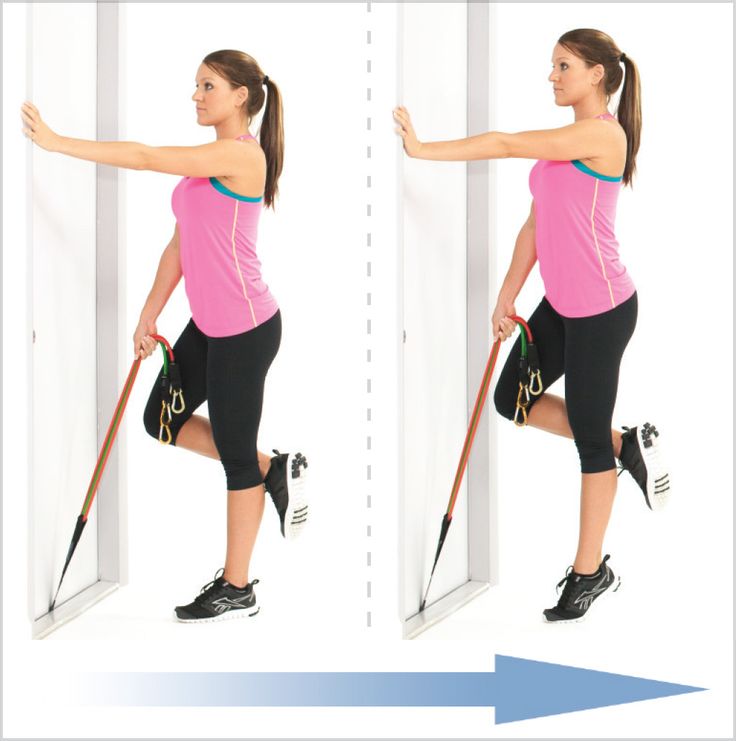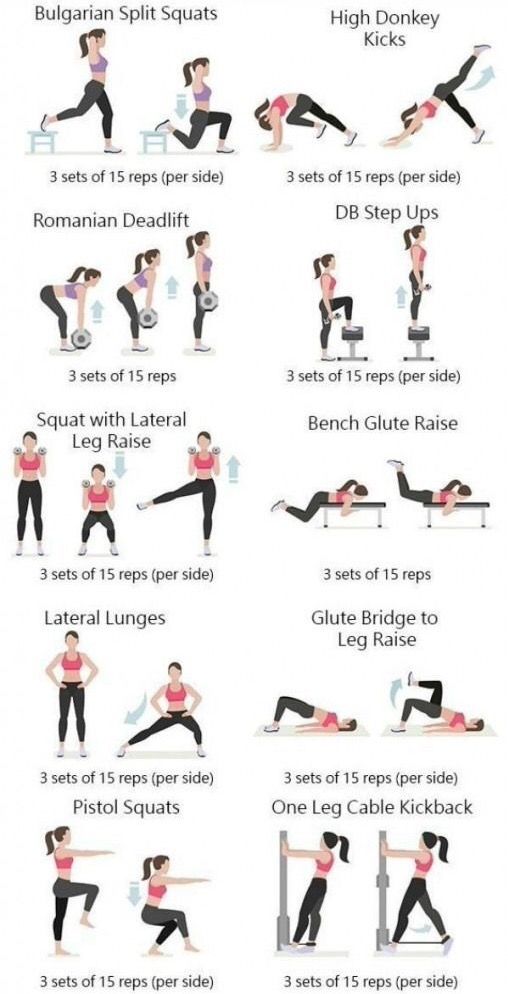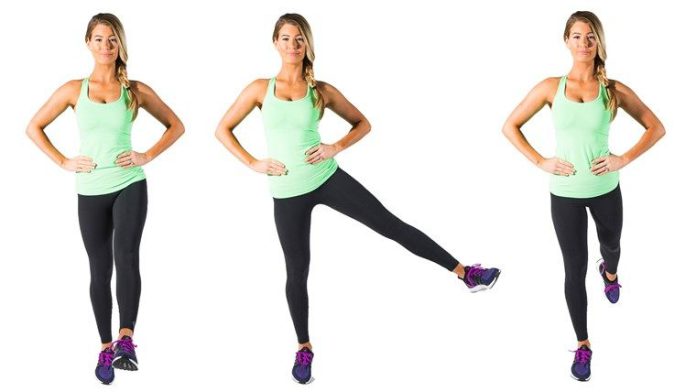masezza.com – When it comes to calf raises, there are many variations, and the basic variation is performed with the feet hip-distance apart. Whether you’re doing one-leg or two-leg versions, the key is to stand on the toes of one leg, with the other foot hanging in mid-air. Lower the heel slowly to the ground, then repeat. You can also do this exercise on a Smith Machine or a Leg Press Machine.
How to do the one leg calf raise

One Leg Calf Raises should be performed with your feet flat on the floor. When performing calf raises, remember to keep your heels high and avoid straining your ankle. Ideally, you should be able to do three sets of twenty-five reps. For added weight, you can use dumbbells, kettlebells, water jugs, or a barbell. While doing one-leg calf raises, keep your arms slack.
Single-leg calf raises are also effective in building strength and endurance in the calf muscles. Compared to two-leg exercises, single-leg calf raises require less weight. As long as you keep the weight evenly distributed between your legs, you’ll have no problem completing several sets of one-leg squats. You can perform these exercises on a step or in a pool.
How to effectively build strength and endurance in the calf muscles

One Leg Calf Raises are one of the easiest forms of calf workouts. The most common variations are two-leg calf raises, and the more difficult ones involve lifting your entire body weight on one leg. You can also perform this exercise with a high heel, such as a high cabinet. You can even do this exercise while standing on your toes. As with any other calf exercise, the goal is to improve your flexibility and strength by stretching out your calves.
This exercise is an excellent choice for people who are looking to increase their calf strength. A single-leg calf raise is a great way to build both calves and strengthen your lower body. You can do this exercise anywhere. When you are doing a single-leg calf raise, you can focus on strengthening your entire calf muscle group. However, you can try other variations of the one-leg squats as well.
A great workout for those with high heels
To perform a one-leg calf raise, you need to stand on a step. Lift your heels to as high as you can, and then lower them slowly. The goal is to raise your heel as high as possible. If you’re doing this exercise with your heel, it’s even more effective. It’s also a great workout for those with high heels. You can do it on your toes to reach cabinets and other objects you can’t reach.

The one-leg calf raise is a great exercise for the calf. A single-leg calf raise increases the intensity of the workout and strengthens the thigh muscle. The only downside to this exercise is that it can be painful. If you have a hard time doing it, consider using a dumbbell or kettlebell. Adding water to the pool is another great way to add weight to one-leg calcioraises.
The one-leg calf raise is an excellent way to strengthen your calves and tone your thighs. It works the calf muscles in the lower leg and is very effective for bending and reaching high cabinets. You can also perform calf raises on your toes. This exercise can help you toes in order to stretch the toes. For a more challenging one-leg calorie-burning workout, you can use dumbbells or kettlebells to add weight to the calf.
Things to consider when doing The one-leg calf raise

The one-leg calf raise is a simple exercise that can be done by standing with the ball of your feet on a step and raising the heels. Then, lower the heels slowly. During the movement, you should feel a good stretch in the calf muscle. To make the exercise more difficult, you can add a weight to the feet or use dumbbells or kettlebells. During the movement, keep your arms at your sides.
When performing one-leg calf raises, it’s important to be aware of the limitations of each leg. Typically, the heel of the foot should be on the step. If the heel of the foot is raised, the leg should remain stable. If it is lifted too high, the heel of the foot should be elevated as well. As for the other leg, the toes should remain slack to avoid injuring the Achilles tendon.

